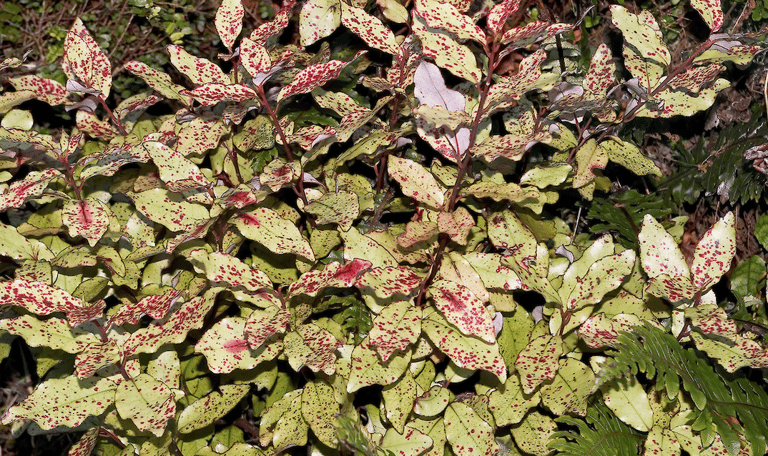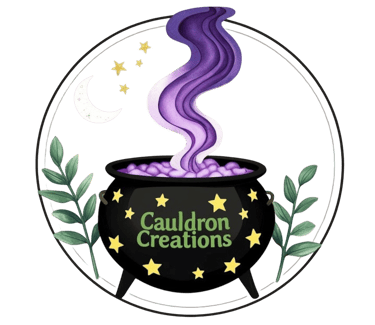Our Winter-Yule Products are available!! Check out the packages for gifts for yourself or other loved ones!
Herb of the Week: Mountain Horopito
If you haven't heard of this Māori herb from New Zealand, read on!
10/20/20252 min read


This week, we head to the southern hemisphere and New Zealand (aka Aotearoa) to discover an herb used by the Māori indigenous people called Mountain Horopito or Horopito (latin name is Pseudowintera colorata). The Māori have used this herb for skin ailments to soothe and heal them as well as a pain reliever. Research has found that this herb is incredible at treating fungal infections that come from Candida albicans like thrush and athlete's foot because of its high content of a compound called polygodial.
But, this herb has been used for so much more in their culture traditionally, in fact, it's also called the "Māori Painkiller" for its analgesic effects. How is it used in their community? They use the crushed leaves to apply as a poultice to wounds for cleaner healing (it has antimicrobial actions), skin diseases (antifungal effects, etc.), and on aching joints to relieve the pain (analgesic and anti-inflammatory actions). The sap has also been used for skin ailments. Lotion made from the steeped leaves is used to treat conditions like ringworm and a decoction of the inner bark is used to treat digestive issues as well as toothaches. Here's a cultural tidbit: Māori women would rub crushed leaves on their breasts to make them taste bitter, helping with the weaning process which is totally genius! This herb provides antioxidant, anti-inflammatory, antimicrobial, antifungal, analgesic, and antibacterial functions all wrapped in one plant.
What does this plant bring to the witchcraft table though? Well, nothing is written about it in European folklore but it is used in their traditional Māori spiritual practice called Rongoā Māori. It's used for grounding purposes - preparing and harvesting horopito is considered a therapeutic process that connects one to the land (whenua) and restores spiritual well-being (wairua). In our modern witchcraft, we may consider it as a symbol for resilience, strength, and endurance because it's known for its ability to thrive in harsh, wet, and cold forest conditions.
With all of this, I feel I must add a note about avoiding cultural appropriation and being respectful to those cultures as well as the herbs that they use. This goes hand-in-hand with always using good harvesting practices to not strip away a culture's ritualistic or healing plants - I'm thinking about White Sage, if you know what I mean. When incorporating elements from indigenous cultures' traditional/spiritual practices like Rongoā Māori into other spiritual traditions, it's important to proceed with respect and awareness. The spiritual meaning of horopito is deeply tied to the Māori culture and the traditional healing practices of Rongoā.
Here are some guidelines for fellow witches if this has peaked your interest in this herb:
Avoid appropriating cultural practices by refraining from recreating Rongoā rituals.
Focus on the plant's inherent properties and its spiritual connection to the land rather than traditional Māori ceremonial practices.
Source Mountain Horopito responsibly, ideally from sustainable commercial growers in New Zealand, to support the local community and protect wild populations.
Thank you for taking this trip with me this week! I love discovering herbs being used around the world!
